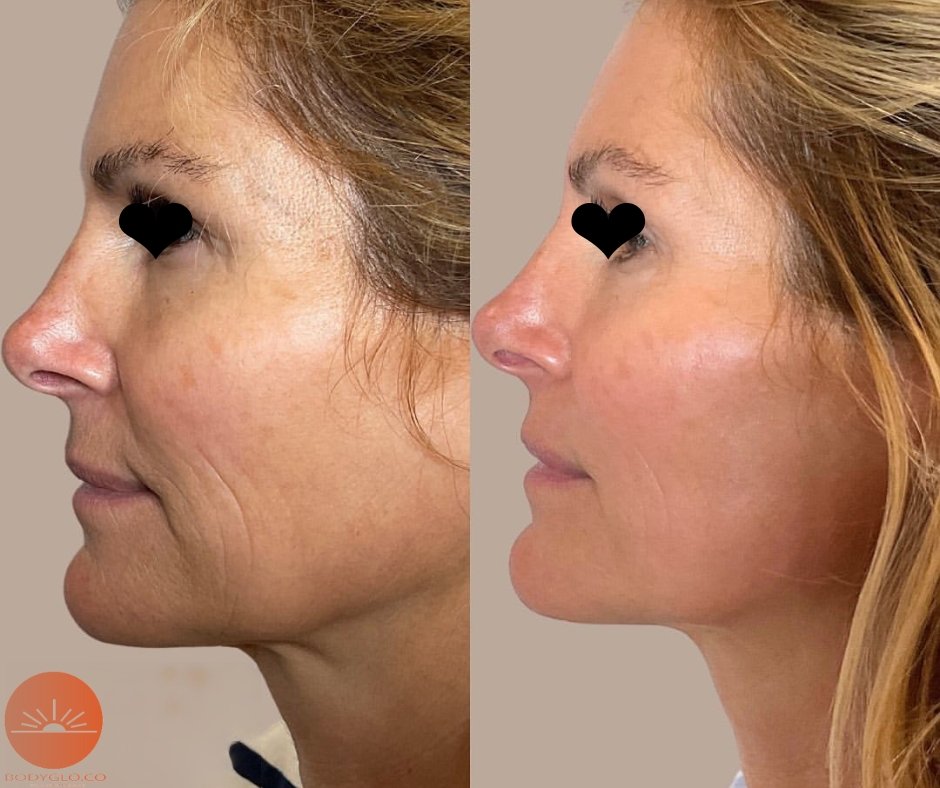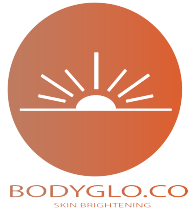High-Intensity Focused Ultrasound: Face Lift Replacement?
The new high-intensity focused ultrasound (HIFU) treatment is used to make skin tighter. It uses ultrasound energy to make the body make more collagen, which makes the skin tighter.
Most people know that HIFU can be used to treat cancer. 2008 was the first time that HIFU was said to have been used for cosmetic reasons. Some people now think of it as an easy and noninvasive alternative to facelifts.
Then, in 2009, the Food and Drug Administration (FDA) said that HIFU could be used for brow lifts. The FDA also approved the device in 2014 to smooth out lines and wrinkles in the upper chest and back of the neck.
HIFU has been shown to be safe and effective for smoothing out wrinkles and lifting the face in a few small clinical studies. People saw benefits after just a few months of treatment, and they didn’t have to worry about the risks that come with surgery.
In addition to body contouring, lifting, tightening, and rejuvenating the face, HIFU is also used for these “off-label” reasons, which means the FDA has not yet approved it for these uses.


We will need more proof to figure out who is most suitable for this kind of process. HIFU seems like a good treatment that could be used instead of face lifts, especially for younger people who don’t want the risks and healing time that come with surgery.
For people whose skin is really drooping, HIFU won’t work as well.
HIFU facelift
Focused ultrasound energy is used in HIFU to target the skin layers just below the surface. The tissue quickly gets hot because of the ultrasound energy.
When the cells in the area that is being targeted hit a certain temperature, they are damaged. It may not make sense, but the damage actually makes the cells make more collagen, a protein that gives the skin its shape.
Because there is more collagen, the skin is tighter, stronger, and has fewer wrinkles. The high-frequency ultrasound rays only hit a certain area of tissue below the skin’s surface. This means that the top layers of skin and the nearby problem are not hurt.
HIFU might not be right for all people. The treatment works best on people over 30 who have mild to moderate skin laxity. Those who have sun-damaged skin or a lot of loose skin may require more than one treatment to see results. Also, those who are older and have a lot of photoaging, very loose skin, or sagging skin on their necks may need surgery instead. Patients with infections or open sores on the skin in the treatment area, severe or cystic acne, or metal devices in the treatment area should not get HIFU.
High-intensity focused ultrasound pros and cons
AAPS, the American Society for Aesthetic Plastic Surgery, says that HIFU and other nonsurgical alternatives to facelifts have become very common in the past few years. There were 64.8 percent more treatments done in 2017 than there were in 2012.
HIFU is good for your looks in many ways, such as:
- wrinkle reduction
- tightening sagging skin on the neck (sometimes called turkey neck)
- lifting the cheeks, eyebrows, and eyelids
- enhancing jawline definition
- tightening of the décolletage
- smoothing the skin
The study’s results look good. A 2017 study with 32 Korean participants found that HIFU made the skin on the cheeks, lower abdomen, and legs much more flexible after 12 weeks.
In a bigger study of 93 people, 66 percent of those who were treated with HIFU thought their face and neck looked better after 90 days.
HIFU vs. facelift
There are a lot fewer risks and costs with HIFU than with surgery, but the effects might not last as long, and you might need to have more sessions. Here is a list of the main ways that each process is different:
HIFU (High-Intensity Focused Ultrasound) is a non-invasive procedure that doesn’t require incisions, with an average cost of $1,707. There is minimal to no recovery time, typically involving only mild redness and swelling. Studies have shown that 94% of individuals experienced improvement in skin lifting three months after the procedure. The effects can last for at least six months, although additional treatments might be necessary as natural aging progresses.
On the other hand, a Surgical face lift is an invasive procedure involving incisions and sutures, with an average cost of $7,562. Recovery time ranges from 2 to 4 weeks, with potential risks including anesthesia complications, bleeding, infection, blood clots, pain, scarring, and hair loss at the incision site. However, the efficacy of surgical face lifts is notably high, with 97.8% of patients reporting very good or better-than-expected results after one year. Long-term effects are also promising, with 68.5% of individuals still rating the improvement as very good or beyond expectations even after an average of 12.6 years post-procedure.
What is HIFU for Face Cost?
The final price will rely on the area being treated, where you live, and how many sessions are needed to get the results you want. For a quote, you should get in touch with an HIFU provider in your area. Your health insurance will not pay for HIFU.
How does HIFU make you feel?
During an HIFU treatment, you might feel a little pain. Some people say it feels like light prickling or tiny electric shocks. In case you’re worried about pain, your doctor may recommend you painkiller products, before treatment. You might have some slight redness or swelling right after the treatment, but it will go away over the next few hours.
Before and after

The takeaway
HIFU is a safe, effective, and noninvasive procedure for facial skin tightening, offering advantages over surgical face lifts like no incisions, scarring, or recovery time. It’s less expensive and results usually appear three months post-treatment. However, it’s best for mild-to-moderate skin laxity and may require repeated treatments over time.
If you’re looking for a HIFU treatment medical spa or clinic in Mississauga,Ontario, Canada, Bodyglo.co is an excellent option compared to others.
